Astronomers Discover Activity from a Black Hole 1 Million Times Bigger Than the Sun
In late 2019, astronomers noticed an unusual brightening in the galaxy SDSS1335+0728, located in the Virgo constellation. This sudden increase in luminosity sparked curiosity and prompted further investigation.
Researchers believe the source of this brightening is a giant black hole, one million times more massive than the sun, becoming active.
Discovery of the Brightening
The galaxy was flagged in December 2019 by the Zwicky Transient Facility in California.
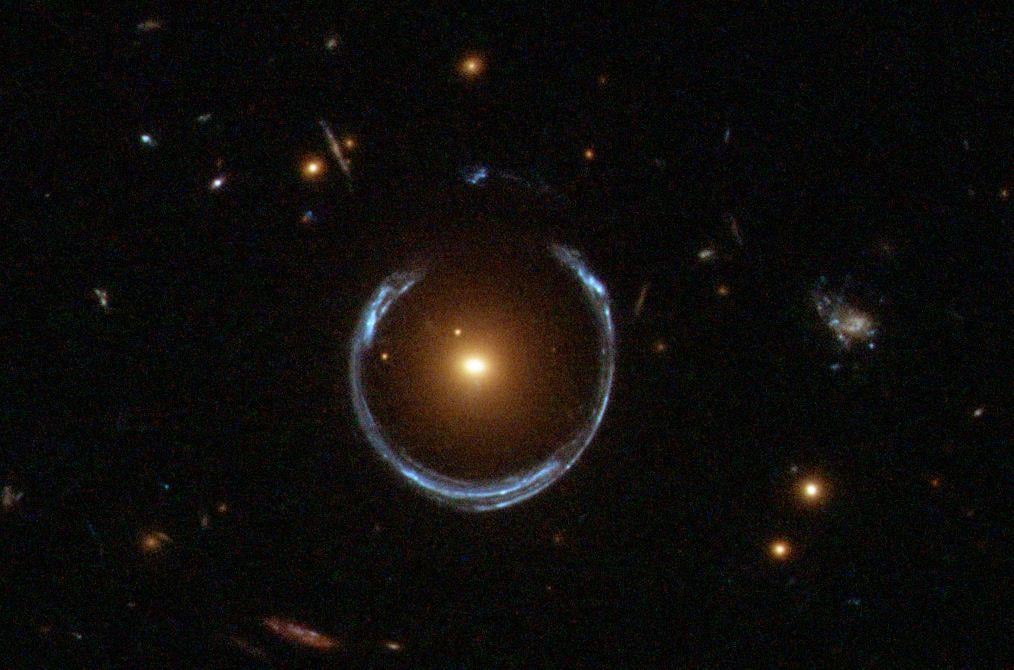
Source: Wikimedia
Observations revealed a significant rise in brightness, which had not been seen before. This event marked the beginning of a series of studies to understand the cause of this phenomenon.
The Role of the Zwicky Transient Facility
The Zwicky Transient Facility, an observatory in California, played a crucial role in detecting the sudden surge in brightness.

Source: Wikimedia
This facility continuously monitors the sky for transient events, such as this unexpected brightening in SDSS1335+0728.
Continuous Monitoring
Following the initial alert, astronomers conducted a series of observations using both ground- and space-based telescopes.
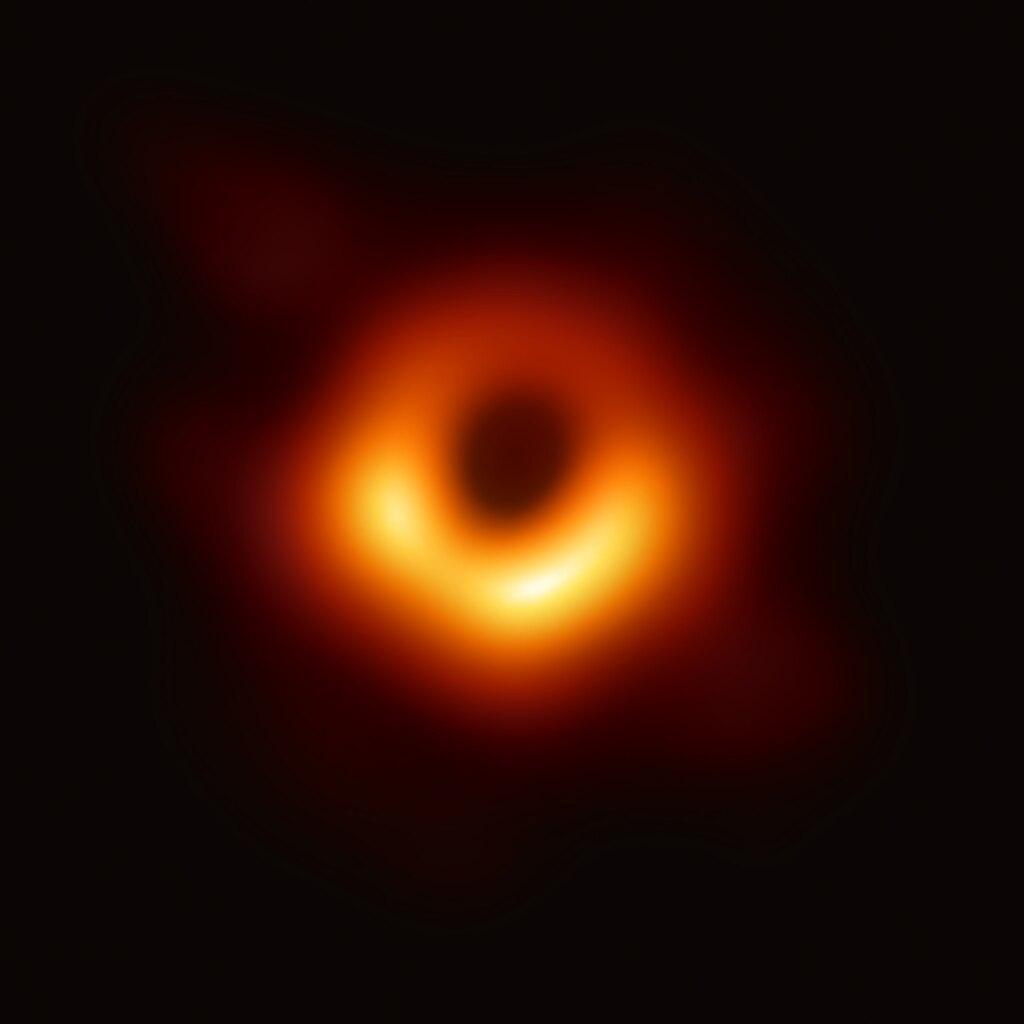
Source: Wikimedia
These observations aimed to gather more data about the galaxy’s behavior and the changes occurring at its core.
Dramatic Changes in Luminosity
Researchers observed that the galaxy had doubled in brightness in mid-infrared wavelengths, quadrupled in the ultraviolet range, and became at least ten times brighter in the X-ray spectrum.

Source: Wikimedia
These dramatic changes indicated a significant event taking place.
Possible Explanations
The most likely explanation for the brightening is the formation of an “active galactic nucleus.”

Source: Freepik
This occurs when a vast black hole at the center of a galaxy starts consuming the surrounding material, emitting a broad spectrum of light in the process.
Understanding Active Galactic Nuclei
Active galactic nuclei are regions of intense brightness found at the centers of some galaxies.
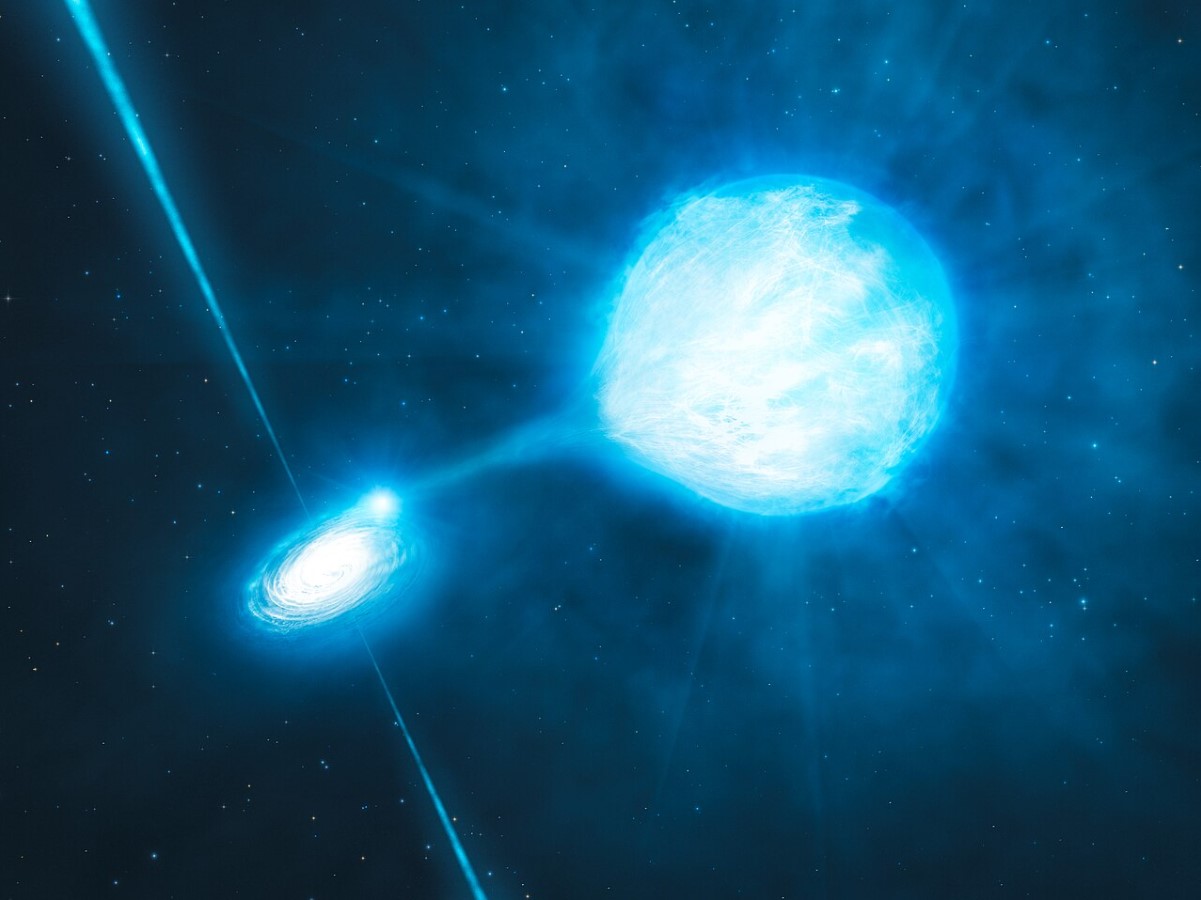
Source: Wikimedia
They occur when a black hole actively consumes nearby material, causing the gas to heat up and glow, while dust particles absorb and re-radiate various wavelengths of light.
Alternative Theory: Tidal Disruption Event
Another possible explanation is a “tidal disruption event.” This occurs when a star gets too close to a black hole and is torn apart.
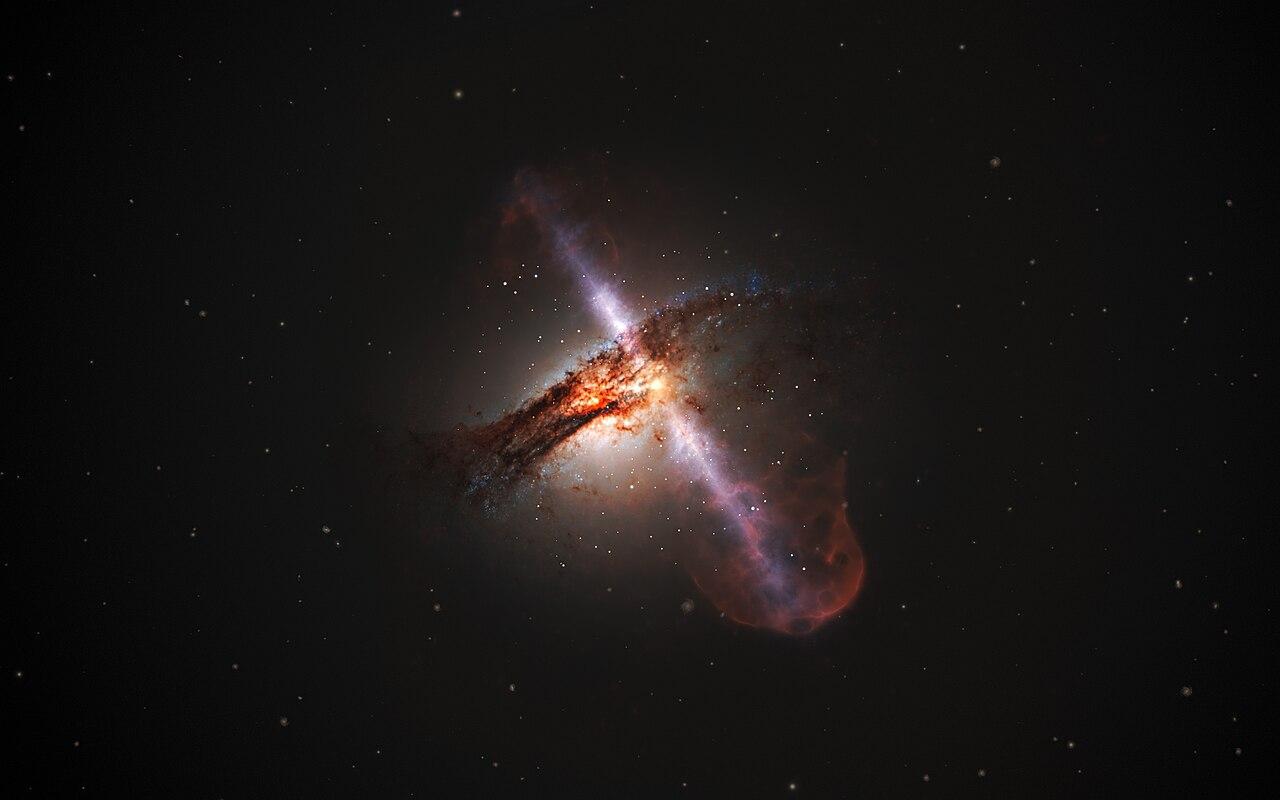
Source: Wikimedia
The resulting debris falls into the black hole, creating a temporary brightening that lasts a few hundred days.
Importance of Further Observations
Dr. Paula Sánchez-Sáez emphasized the need for continued monitoring to determine the exact cause of the brightening.

Source: Wikimedia
With the current data, it is impossible to distinguish between an active galactic nucleus and a tidal disruption event.
Quotes from Researchers
“We discovered this source at the moment it started to show these variations in luminosity,” said Dr. Paula Sánchez-Sáez.

Source: DC Studio, Freepik
“It’s the first time we’ve seen this in real-time.” This quote highlights the significance of the discovery and the novelty of observing such changes as they happen.
Implications for Future Research
This event provides a unique opportunity for astronomers to study the behavior of black holes and the processes that cause galaxies to brighten.
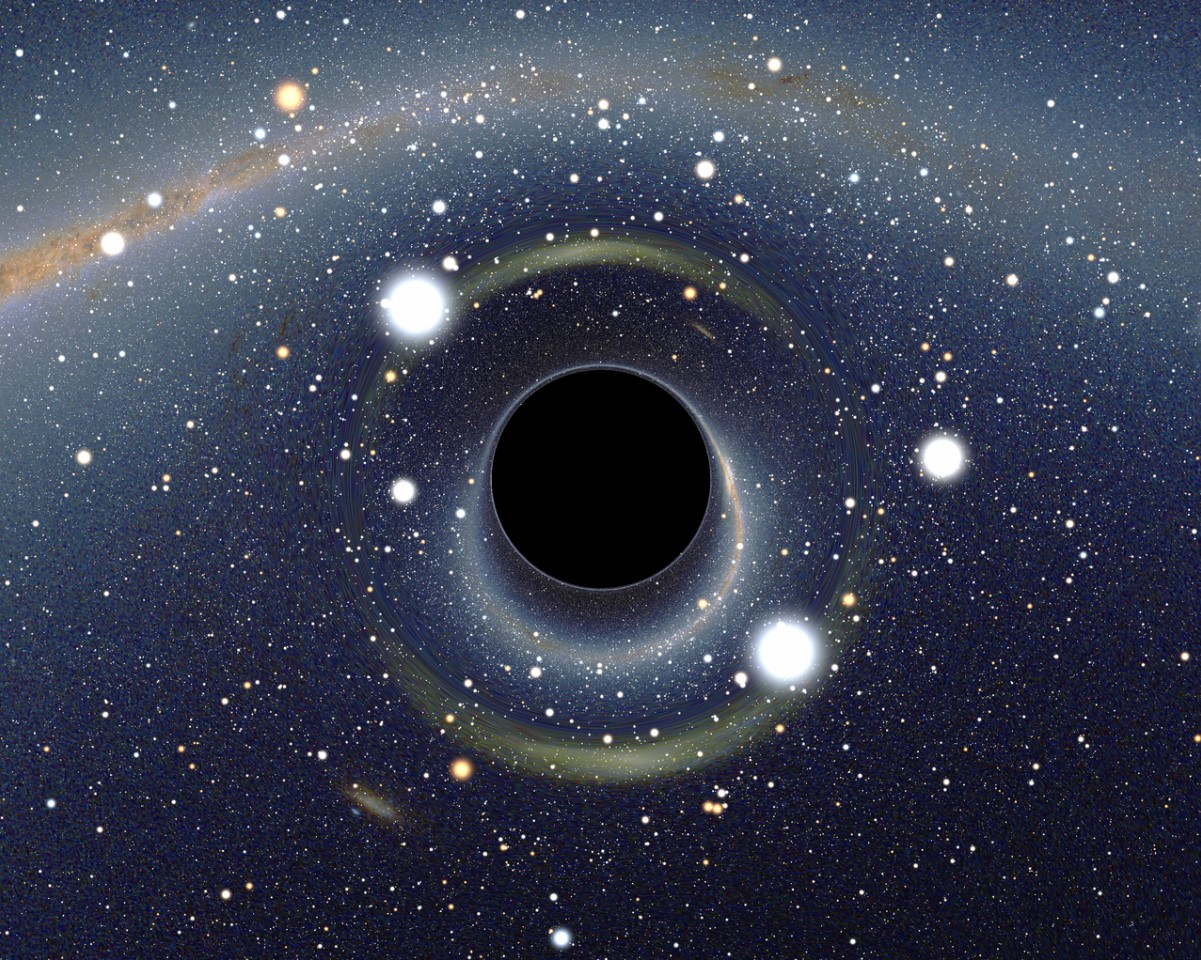
Source: Wikimedia
Continued observations could offer valuable insights into the dynamics of active galactic nuclei and tidal disruption events.
Looking Ahead
The mysterious brightening of SDSS1335+0728 opens potential new avenues for research and understanding of cosmic phenomena.
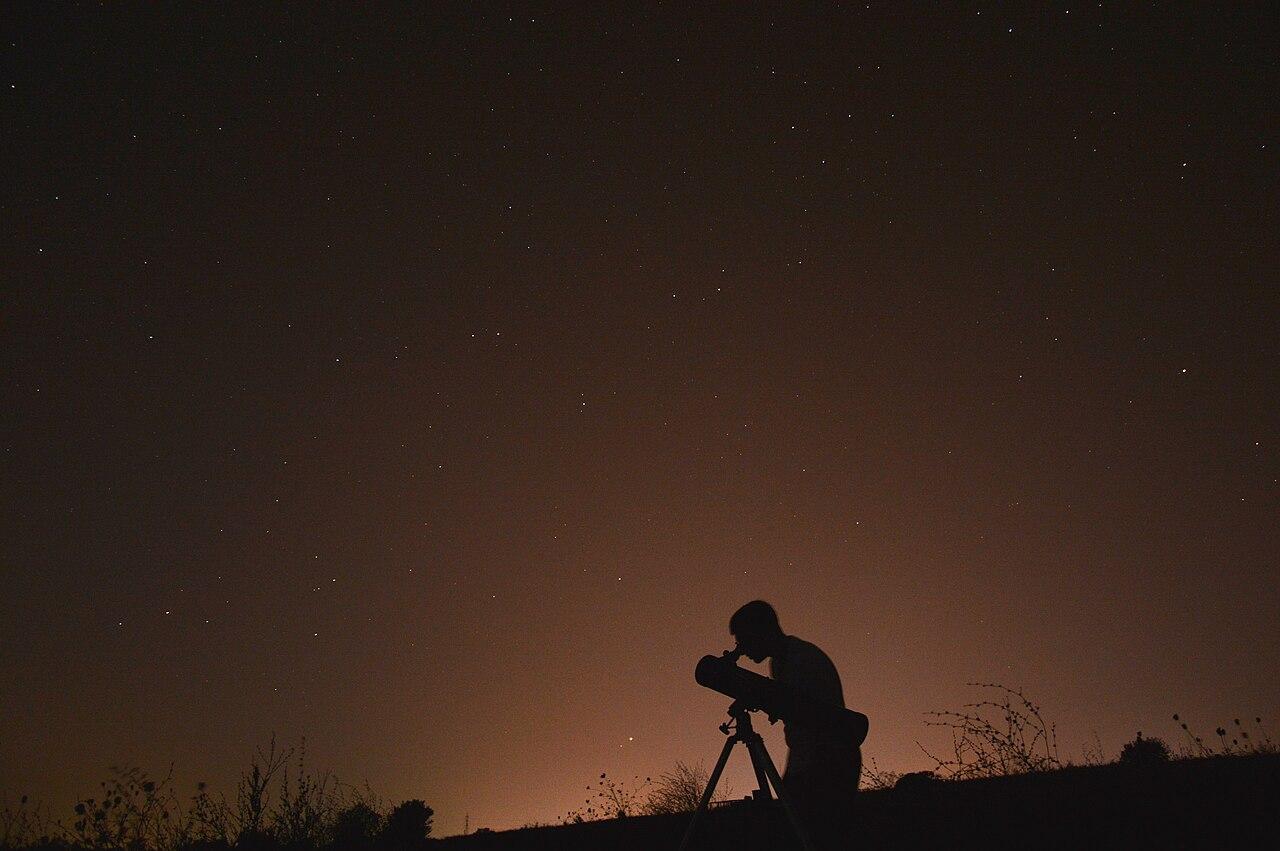
Source: Wikimedia
As astronomers continue to monitor this galaxy, they hope to unravel the mysteries behind its sudden luminosity and the role of its massive black hole.
